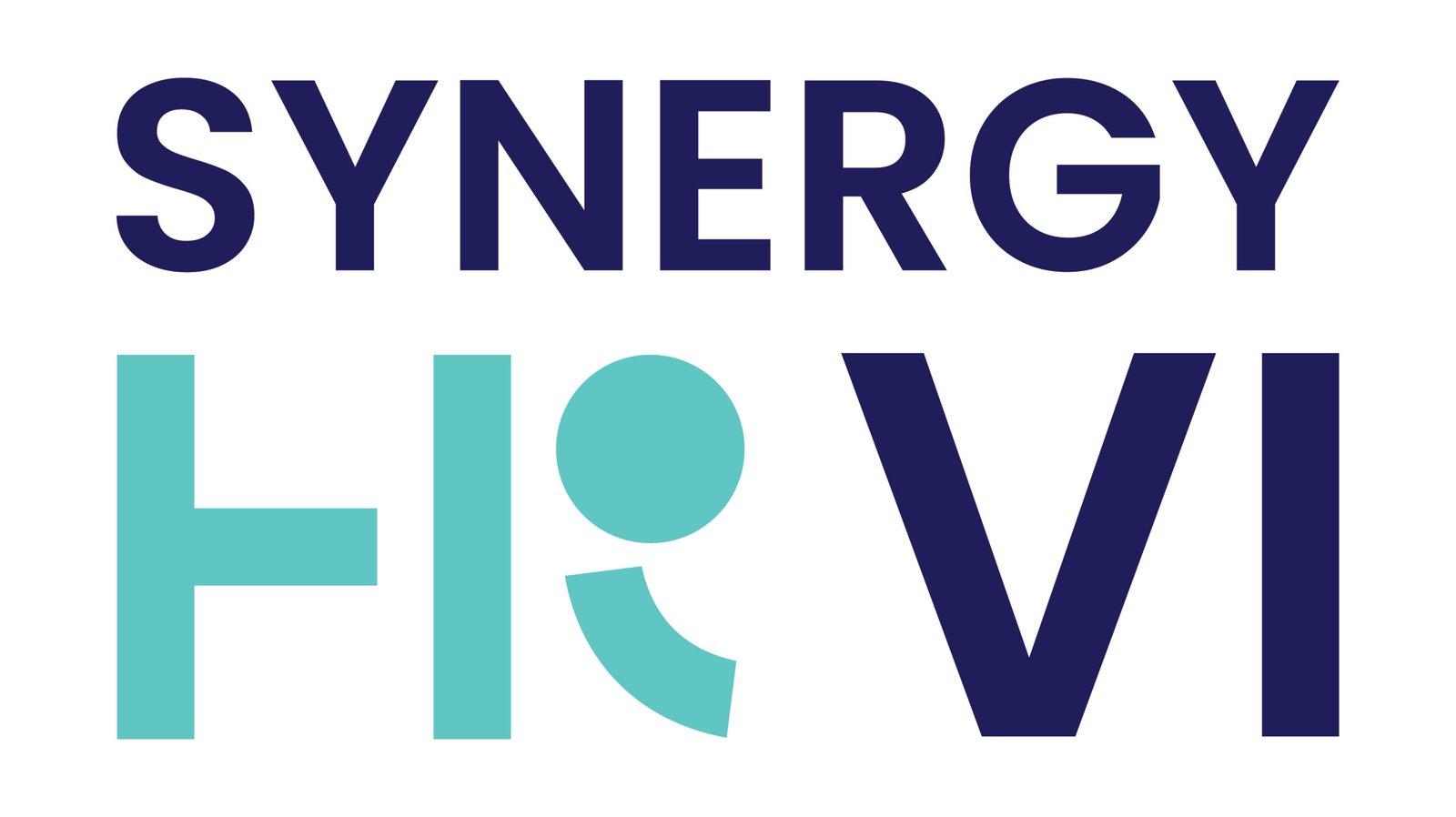In today’s dynamic and demanding work environment, organizations are increasingly recognizing the importance of fostering a culture of employee well-being. Beyond productivity gains and reduced absenteeism, a focus on employee well-being can lead to enhanced creativity, innovation, and employee engagement, all of which contribute to organizational success. Human Resources (HR) plays a pivotal role in nurturing employee well-being, moving beyond traditional administrative tasks to embrace a more holistic and human-centered approach.
Understanding the Dimensions of Employee Well-being
Employee well-being encompasses a multifaceted approach that addresses the physical, mental, emotional, and social aspects of an individual’s overall health. It is not merely the absence of illness or injury, but rather a state of complete physical, mental, and social well-being.
- Physical well-being refers to the state of an individual’s physical health and includes aspects such as nutrition, exercise, sleep, and preventive care.
- Mental well-being encompasses an individual’s emotional and psychological state, including their ability to cope with stress, manage their emotions, and maintain a positive outlook.
- Emotional well-being refers to an individual’s ability to manage their emotions, regulate their feelings, and express themselves in a healthy way.
- Social well-being involves an individual’s ability to connect with others, build relationships, and feel a sense of belonging and community.
HR’s Role in Nurturing Employee Well-being
HR professionals are uniquely positioned to play a central role in fostering a culture of well-being within an organization. By adopting a proactive and holistic approach, HR can create an environment that supports and promotes employee well-being across all dimensions.
- Promoting a Healthy Work-Life Balance: HR can encourage healthy work-life boundaries by implementing flexible work arrangements, promoting mindfulness practices, and encouraging employees to take time off.
- Addressing Mental Health Concerns: HR can provide access to mental health resources, offer training on stress management and resilience-building techniques, and foster a culture of open communication about mental health.
- Enhancing Social Connection and Belonging: HR can organize team-building activities, promote social events, and create opportunities for employees to connect with each other beyond work-related tasks.
- Championing Physical Wellness: HR can promote healthy eating habits by providing healthy food options in the workplace, offering fitness programs and discounts on gym memberships, and encouraging physical activity through company-sponsored events.
Strategies for Implementing a Well-being Program
To effectively implement a well-being program, HR should consider the following strategies:
- Assess Employee Needs: Conduct surveys or focus groups to gather insights into employee needs, concerns, and aspirations related to well-being.
- Set Clear Goals and Objectives: Define specific, measurable, achievable, relevant, and time-bound (SMART) goals for the well-being program.
- Design a Comprehensive Program: Develop a multifaceted program that addresses the various dimensions of employee well-being, including physical, mental, emotional, and social aspects.
- Seek Employee Input and Involvement: Encourage employee participation in the design, implementation, and evaluation of the well-being program.
- Measure and Evaluate Outcomes: Regularly track and evaluate the effectiveness of the well-being program, using data to identify areas for improvement and make necessary adjustments.
Case Studies of Successful Well-being Programs
Numerous organizations have implemented well-being programs that have demonstrated positive outcomes, including improved employee morale, reduced absenteeism, and enhanced productivity. Here are a few examples:
- Google: Google’s “Google at Work” program offers a wide range of well-being initiatives, including on-site fitness centers, healthy food options, and mindfulness training.
- Salesforce: Salesforce’s “Ohana” program focuses on employee health, financial wellness, and social responsibility. The company offers a variety of resources to support employees’ well-being, including financial counseling, eldercare support, and volunteer opportunities.
- Accenture: Accenture’s “Global Well-being” program promotes physical activity, mental health, and healthy eating habits. The company offers a variety of programs and resources to support employees’ well-being, including fitness challenges, mental health awareness campaigns, and healthy cooking classes.
Emerging Trends in Employee Well-being
As the landscape of work continues to evolve, HR professionals are exploring new and innovative approaches to employee well-being. Here are a few emerging trends:
- Personalized Well-being Programs: HR is increasingly utilizing data and technology to personalize well-being programs, tailoring interventions to individual needs and preferences.
- Technology-Enabled Well-being Solutions: Wearable devices, mobile apps, and virtual reality (VR) are being used to promote physical activity, mindfulness, and stress management
Conclusion
Nurturing employee well-being is not merely a matter of compliance or corporate social responsibility; it is a strategic investment in the success of the organization. By prioritizing employee well-being, HR can cultivate a thriving workplace that attracts and retains top talent, fosters innovation and creativity, and drives organizational success. HR professionals who embrace the human side of their role can play a transformative role in creating a workplace where employees feel valued, supported, and empowered to thrive.




